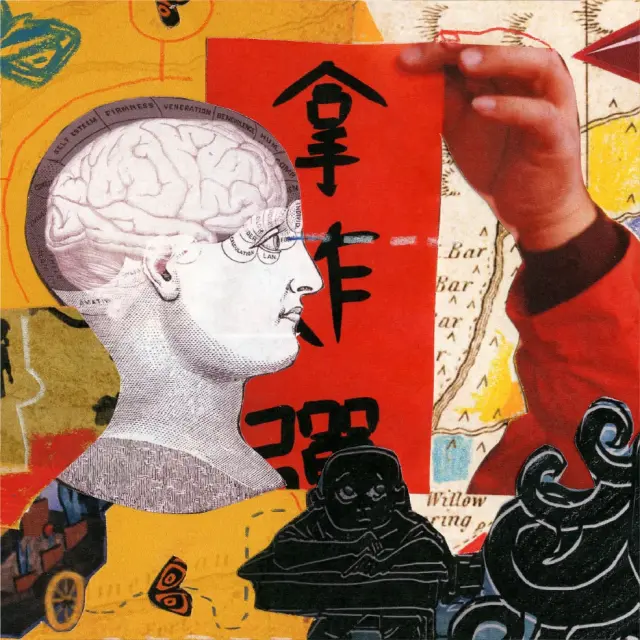What’s included
Boost Close Reading for 6–8 uses captivating storylines to engage students in powerful personalized reading instruction and practice. Whether students are learning to read fluently or sharpening close reading skills, Boost Close Reading accelerates their growth while freeing educators up to work with small groups or individual students. Explore more of the program here.
Boost Close Reading is a recipient of Digital Promise’s Research-Based Design and Learner Variability certifications.
Program at a glance
Boost Close Reading is a research-based, standards aligned program that supports students along an adaptive path of increasingly complicated texts and literary concepts. Students find these games embedded in an engaging narrative world that grows as they do, whether they are learning foundational skills or mastering close reading.

Books at a glance
At the middle school level, Boost Close Reading sets students in a dystopian future world run by Machines, where people are told what to read and what to think. Students are recruited into the rebellion and trained in the powerful ways authors convey meaning and affect their audience. This interactive graphic novel is divided into three books with each chapter focusing on a different skill or concept.
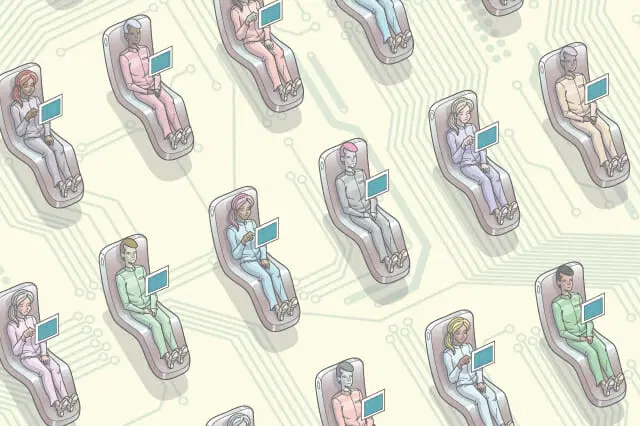
Chapter 1: Arguments and their structure
Students learn to build arguments using claims, evidence, and reasons.
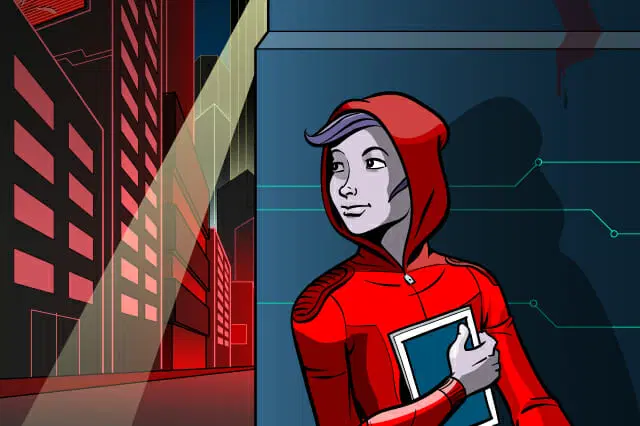
Chapter 2: Setting and Mood
Students learn to analyze how descriptions of setting evoke mood for the reader.
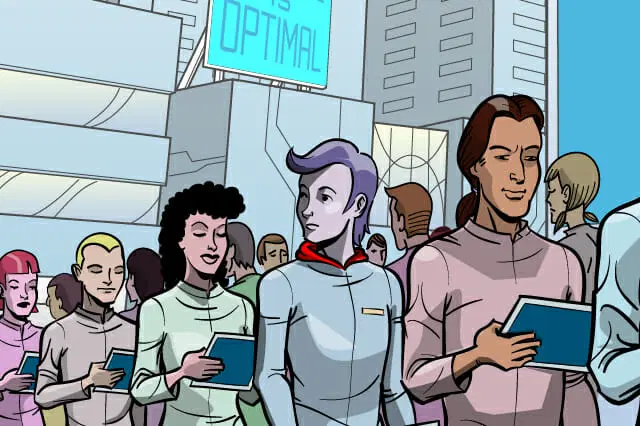
Chapter 3: Pathos
Students learn to evaluate methods of persuasion in pathos arguments.
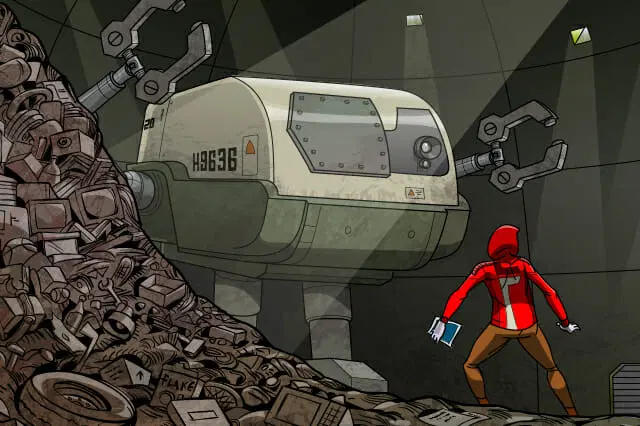
Chapter 4: Word choice and tone
Students learn to analyze word choices to determine tone.
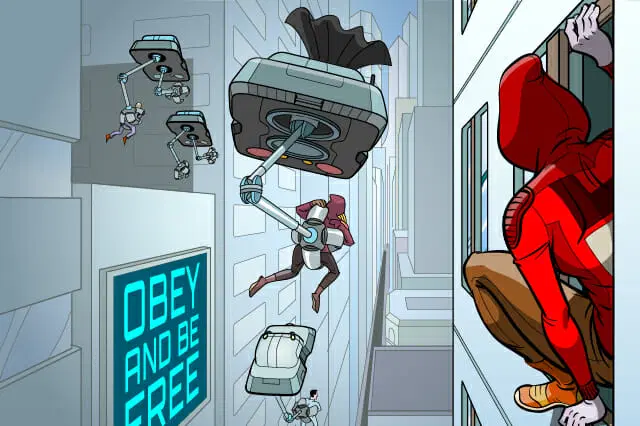
Chapter 5: Logos
Students learn to identify, analyze, and create logos arguments.
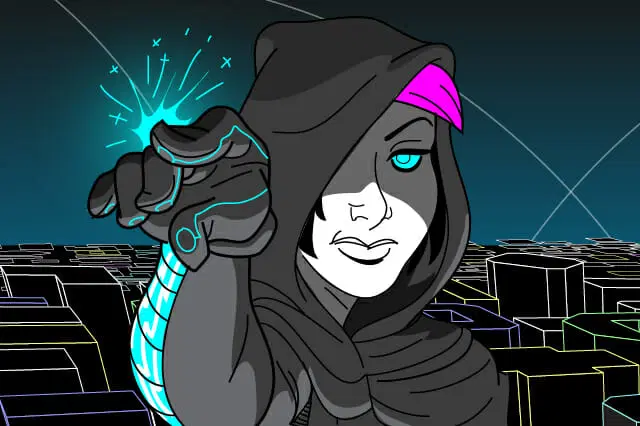
Chapter 6: Figurative language
Students learn to analyze and use figurative language.
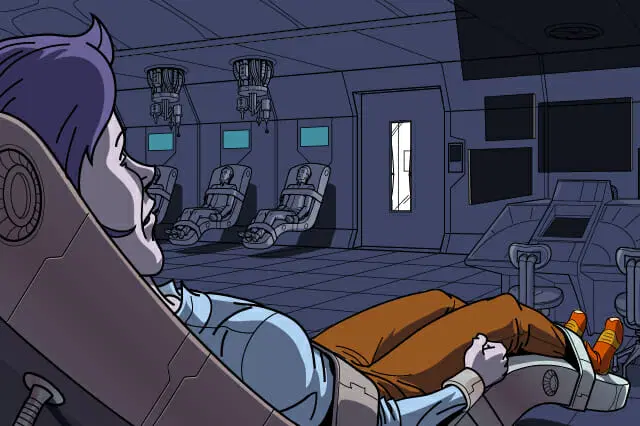
Chapter 7: Ethos
Students learn to identify, analyze, and create ethos arguments.
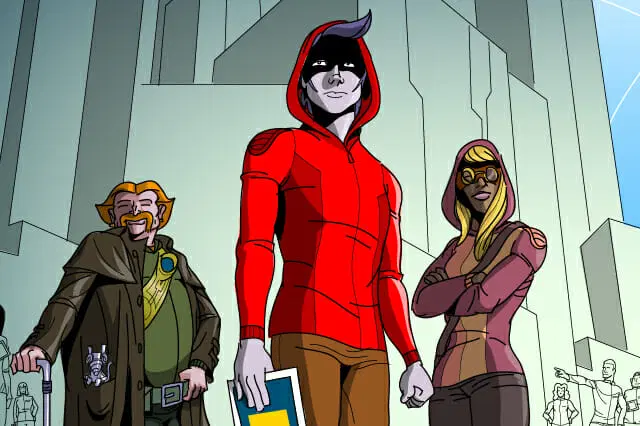
Chapter 8: Review and Synthesis
Students review what they’ve learned in the past seven lessons and apply their knowledge to create an original protest text.
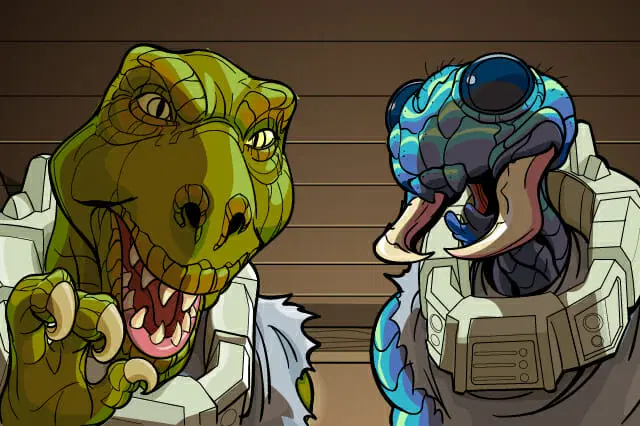
Chapter 1: Narrative Arguments
Students learn to analyze the use of narrative in arguments.
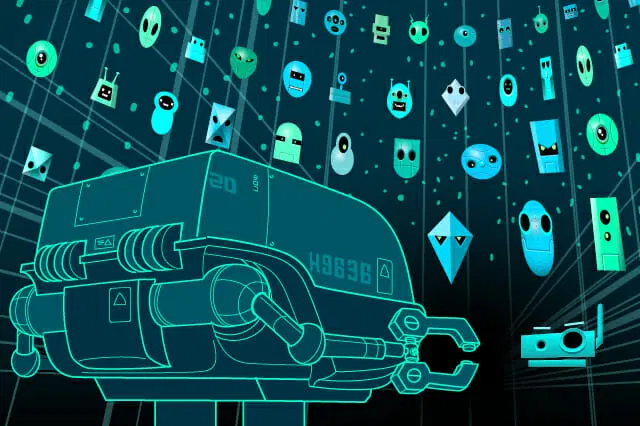
Chapter 2: Characterization
Students learn to identify different types of characterization and make inferences from indirect characterization.
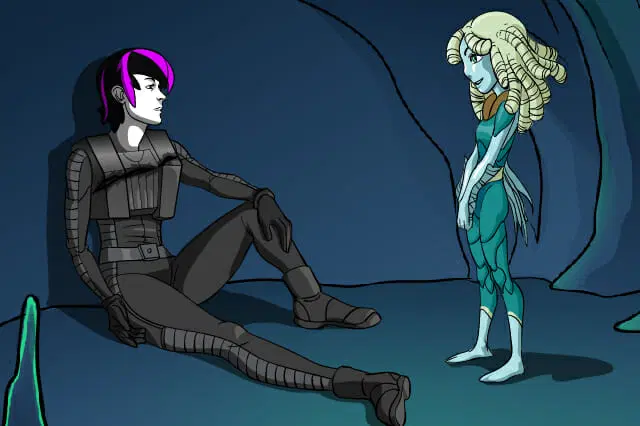
Chapter 3: Description in arguments
Students learn to identify sensory language and analyze its use in arguments.
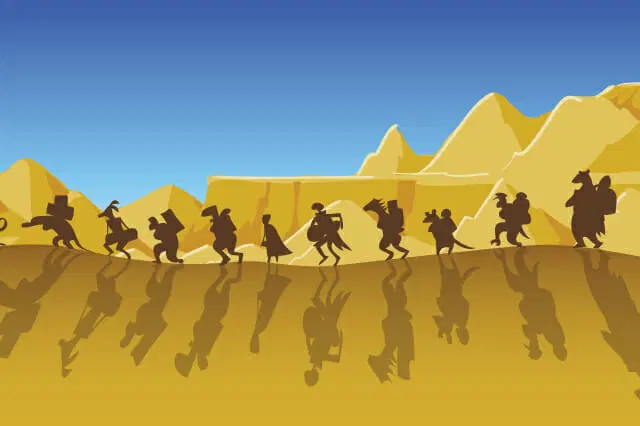
Chapter 4: Conflict and character change
Students learn to identify different types of conflict and analyze how characters change in response to conflict.
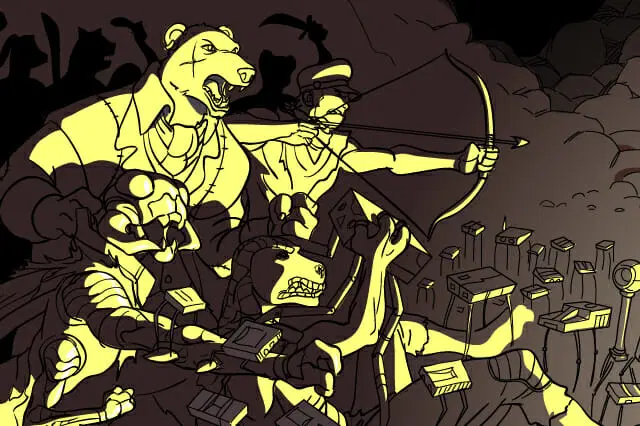
Chapter 5: Causal reasoning
Students learn to analyze, evaluate, and create causal arguments.
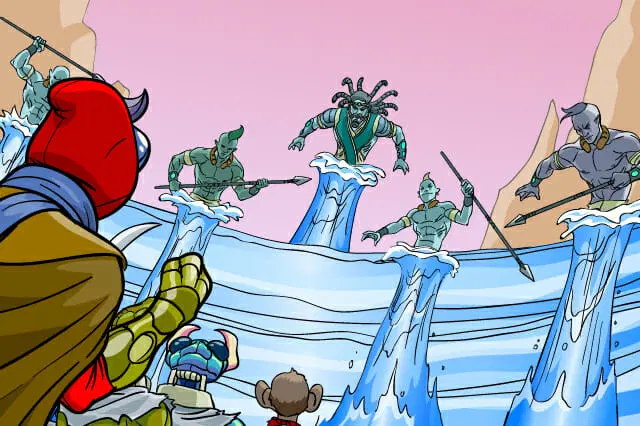
Chapter 6: Themes
Students learn to use analysis of character change to determine and express the theme of a literary work.

Chapter 7: Evaluating arguments and fallacies
Students learn to evaluate pathos, logos, and ethos arguments by checking for completeness and coherence and identifying common fallacies.

Chapter 8: Review and synthesis
Students review what they’ve learned in the past seven chapters and apply their knowledge to putting the finishing touches on an original text.
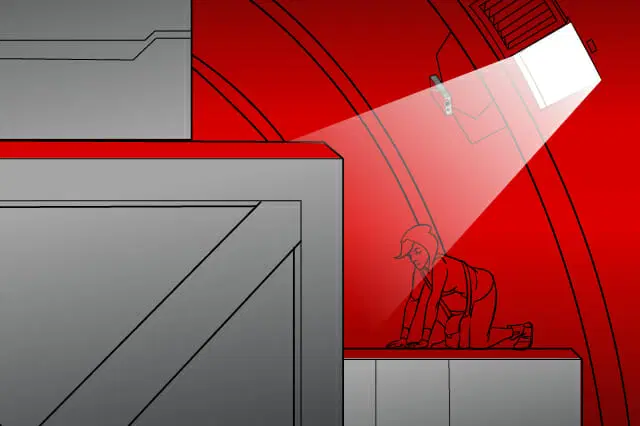
Chapter 1: Complex arguments
Students learn to map out and analyze complex argument structures.
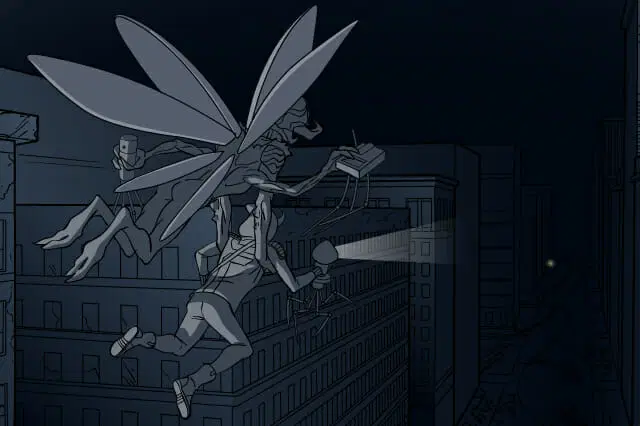
Chapter 2: Narrative voice
Students learn to identify the narrative point of view and analyze the purpose and effects of narrative voice.
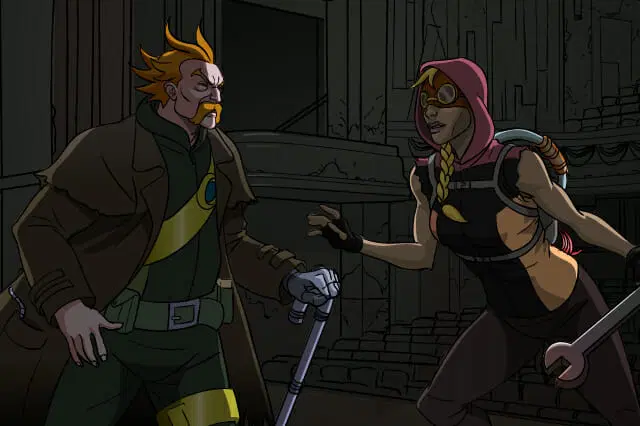
Chapter 3: Arguments by analogy
Students learn to analyze and evaluate arguments by analogy.
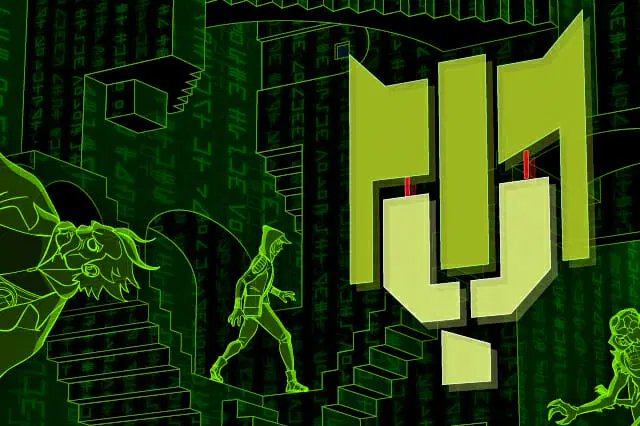
Chapter 4: Style
Students learn to identify the elements of style and analyze how they are used to achieve an author’s purpose.
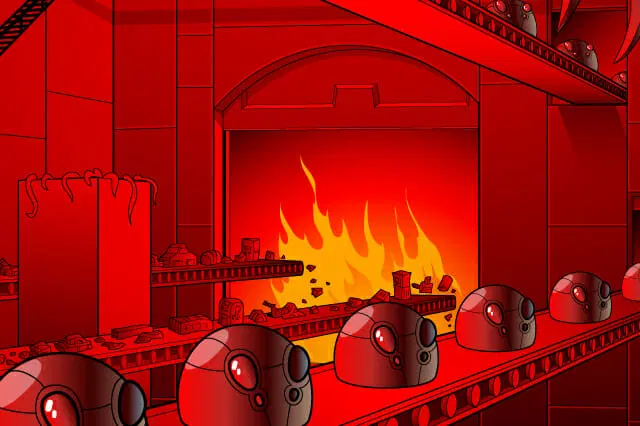
Chapter 5: Dialectic
Students learn to participate in dialectics by using logos arguments and crafting appropriate counterpoints.
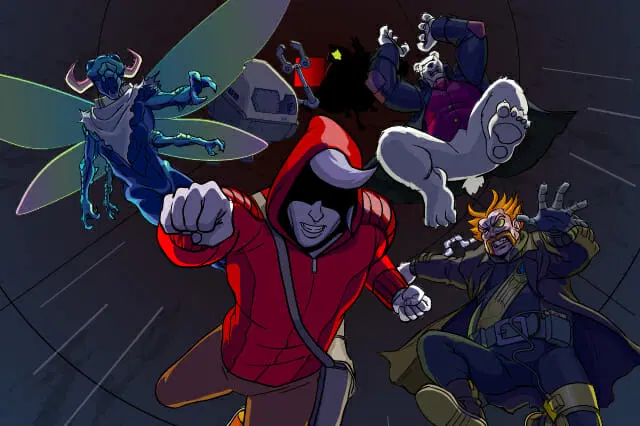
Chapter 6: Review and synthesis
Students review the literary and argumentative tools they’ve learned throughout the three books and apply them to creating an effective rhetorical message.
Digital components
The program includes resources that give students chances to apply skills they’ve learned and teachers the ability to track student progress across multiple data points.
Component
Format
Teacher dashboard
The teacher dashboard requires zero set-up time and uses detailed data to provide insights into student progress. Teachers can drill down into student profiles to see specific areas of focus and where they are struggling.
Digital
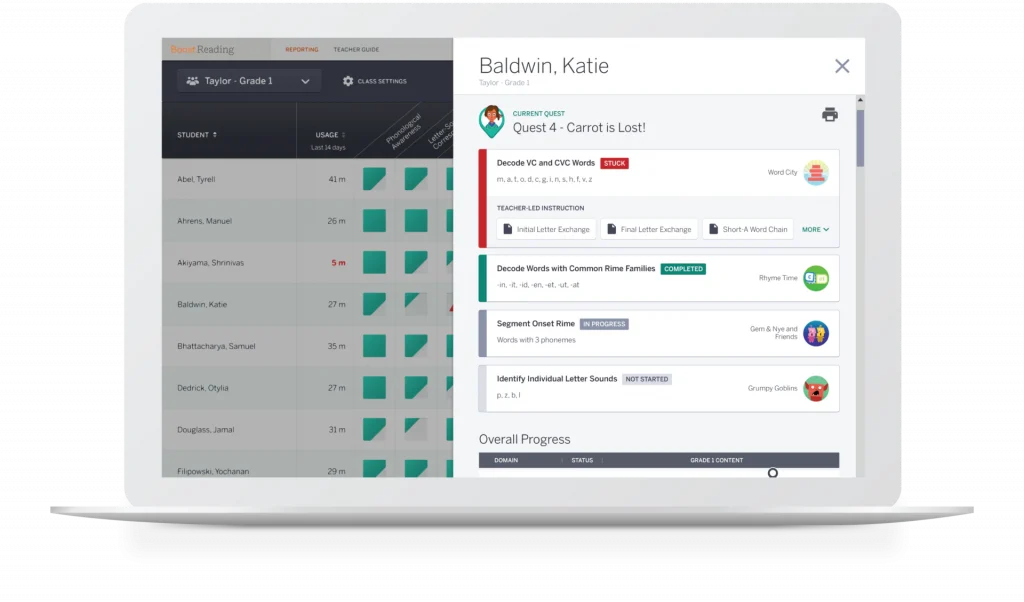
Component
Format
Practice mode
In addition to the books, speeches, and articles weaved into the narrative arc of the game, students may also access hundreds of texts in practice mode. Here, they can continue to hone their mastery of close reading skills on a wide range of authentic texts.
digital
